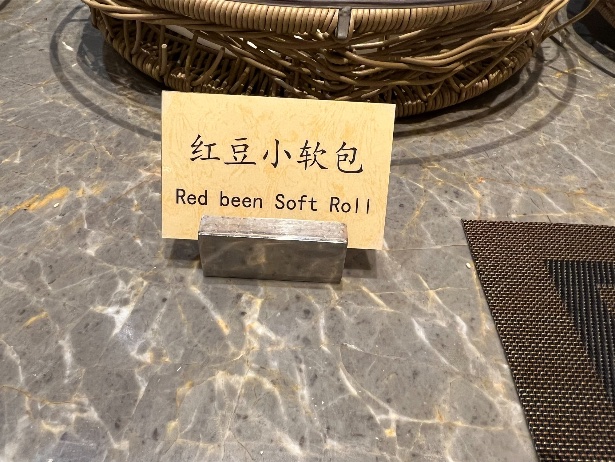"Jobs requiring a degree and above-average earnings"?
Richard Adams and Subrey Allegretti, "Sunak to force English universities to cap numbers of students on ‘low-value’ degrees", The Guardian 7/14/2023:
Rishi Sunak will force universities to limit the number of students taking “low-value” degrees in England, a measure which is most likely to hit working class and black, Asian and minority ethnic applicants.
Courses will be capped that do not have a high proportion of graduates getting a professional job, going into postgraduate study or starting a business, the prime minister will announce on Monday. […]
The numbers cap is unlikely to affect the bulk of courses offered by Oxbridge or Russell Group universities, whose students tend to go on to “highly skilled” jobs requiring a degree and above-average earnings.
Read the rest of this entry »



